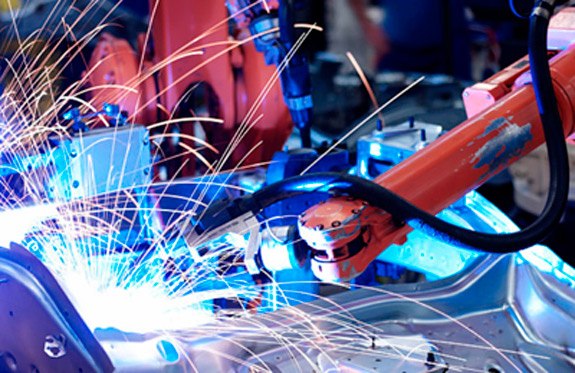Although gasoline engines have undergone extensive improvements, their efficiency in converting chemical energy into mechanical energy is still relatively low. About 70% of the energy in gasoline is converted into heat, and the task of the cooling system in automobile is to dissipate that heat. In fact, the heat lost by the cooling system of a car traveling on a highway is enough to heat two ordinary houses! If the engine gets too cold, it will accelerate the wear of parts, reduce engine efficiency, and emit more pollutants. Therefore, an important role of the cooling system in automobile is to quickly warm up the engine.
Bubbles: Air in the cooling liquid stirred up by the water pump can generate a large amount of bubbles that will hinder the heat dissipation of the water jacket wall.
Scale: The calcium and magnesium ions in the water will slowly develop into scale after necessary high temperatures, greatly reducing heat dissipation. It can also partially block the waterway and pipeline, hindering the normal flow of the cooling liquid.
Damage: Heating of the engine parts will cause expansion, thereby destroying the normal clearance, affecting cylinder inflation, decreasing power, and reducing the lubrication effect of the engine oil.
Ethylene glycol is corrosive to the water tank. As the antifreeze agent loses its effectiveness, components such as radiator, water jacket, water pump, and pipeline will be corroded.
The cooling system of a liquid-cooled car circulates the liquid through the pipes and channels in the engine. As the liquid flows through the high-temperature engine, it absorbs heat and lowers the temperature of the engine. After flowing through the engine, the liquid turns to the heat exchanger (or radiator), where the heat dissipates to the air.
Some early cars used air cooling technology, but modern cars seldom use this method. This cooling method does not circulate liquid in the engine but disperses heat from the cylinder through aluminum sheets attached to the surface of the engine body. A powerful fan blows air over these aluminum sheets to dissipate the heat into the air, thus cooling the engine. The cooling system in automobile has many pipes. Let's start with the pump and check the entire cooling system in automobile one by one. After the liquid is pumped into the engine cylinder block, it first flows into the engine channel around the cylinder.
